 In 2004, the LEGO empire teetered on the edge of ruin—loss had steadily increased since 1998, leaving the famous toymaker with heavy lifting and a sagging bottom line. But in the years following 2004 LEGO emerged: stronger, lighter and faster.
In 2004, the LEGO empire teetered on the edge of ruin—loss had steadily increased since 1998, leaving the famous toymaker with heavy lifting and a sagging bottom line. But in the years following 2004 LEGO emerged: stronger, lighter and faster.
How? By seeking out and listening to the unmet needs of consumers, developing products that fulfill those needs and by communicating that offering in a compelling, relevant way—in short, by innovating.
Bound to traditional origins and culture in Billund, Denmark, LEGO had long been bound to traditional processes as well. A new product took, on average, two years to go from mind to market. Although employees were genuinely happy to work for LEGO, productivity stalled. In response, Lego’s CEO, Jorgen Vig Knudstorp began re-inventing operations, while maintaining the “Only the best is good enough” culture by:
1. Seeking out and responding to insight
LEGO lovers of all ages consistently bought the sets that had one thing in common: conflict. If there were “bad guys” and “good guys” included, it sold. But LEGO has been a long-time advocate of toys that mitigate the appeal of war. In this case, consumer generated insight drove innovation.
2. Failing Faster
Vig Knudstorp took the two year product development process and cut it down to 12 months. And now, with CAD technology and target audience testing, LEGO receives feedback, implements it—and designs the product accordingly. Failure is recognized sooner in the production cycle and fixed or purged before going to market.
3. Getting back to their roots – a culture of innovation
By 2004, LEGO had a clothing line, multiple theme parks, video games and a staff of 7,000. Recognizing the failure of LEGO’s attempt to diversify and dominate several segments, Vig Knudstorp decided to get back to basics. LEGO sold the majority of its four theme parks to Merlin Entertainments, partnered with outside companies to produce interactive offerings and made cuts accordingly.
Sometimes being humble enough to return to your core competencies and focus on reinventing your current business model versus aggressive diversification is the most innovative solution.
Source: Maddock Douglas

